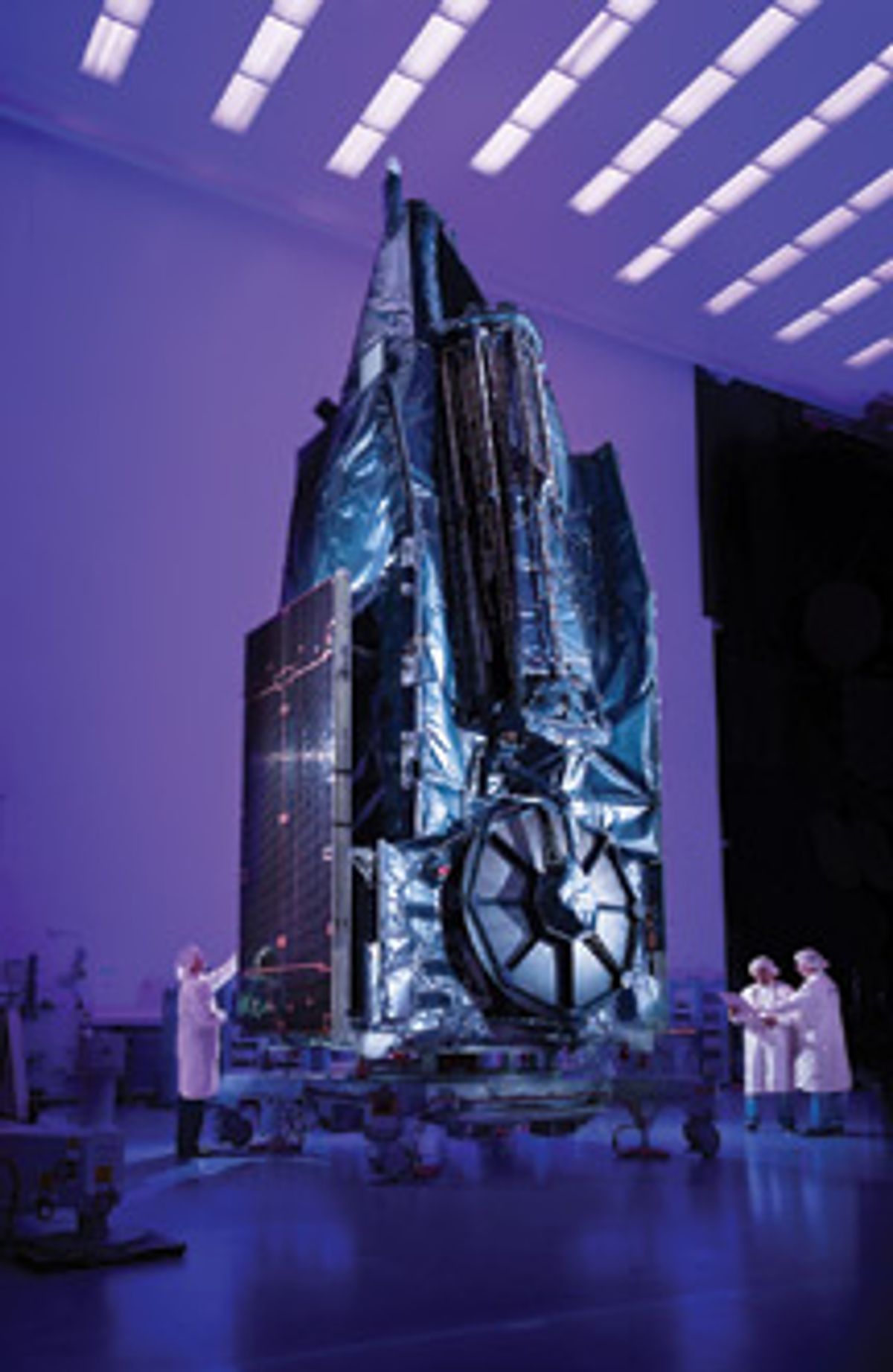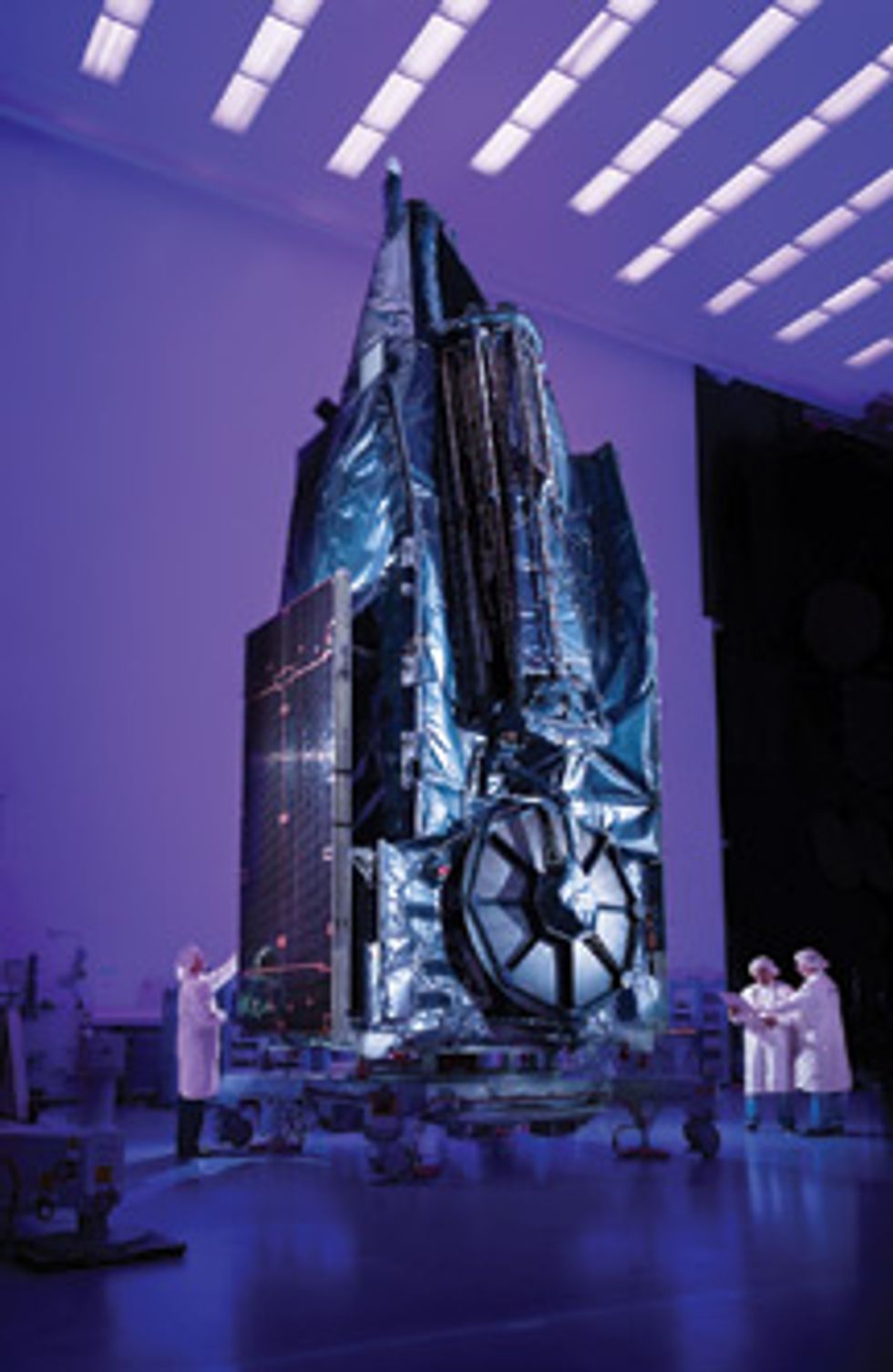Lightsquared, a Reston, Va.–based provider of satellite communications, intends to start up a new 4G cellular communications network using a portion of the radio spectrum traditionally reserved for mobile-satellite communications. That should be good news to the many U.S. consumers hungry for more bandwidth. The trouble is, LightSquared's cellular base stations could interfere with certain GPS receivers tuned to the adjacent satellite-navigation band.
Groups with an interest in the matter have been waging a public-relations battle over the past year, and members of the U.S. military and Congress have weighed in, too. Sadly, much of this discourse has shed more heat than light on the controversy. But more levelheaded engineers have also scrutinized the problem in detail, and the technical issues appear to be understood well enough to suggest possible work-arounds. Time to forge a solution, though, may have run out.
If so, LightSquared may have to abandon its ambitious plans. In any event, the current debacle suggests that regulators may need to impose strict standards on receivers, not just on transmitters, if the most valuable parts of the spectrum are to be used efficiently in the future.
LightSquared and its predecessor companies have been contemplating building a cellular network since at least 2003. The impetus was to improve mobile-satellite communications by offering customers the ability to connect to a cellular network in certain places. Someone who used the company's satellite-based system for making calls from Yukon mountaintops, for example, could also stay connected in the urban canyons of New York City or San Francisco using an "ancillary terrestrial component," a cellular network operating at the same frequencies as the satellites.
The U.S. Federal Communications Commission granted approval for such a fully integrated satellite-terrestrial service more than five years ago. But on 26 January 2011, in response to LightSquared's request, the FCC waived some of its previous requirements by permitting LightSquared's retailers—the companies selling voice and data packages to consumers—to offer wireless service from the terrestrial network without any accompanying satellite service.
"That put it on the radar," says Keith Barker, president and CEO of the Questiny Group, an engineering consultancy that works on satellite and other wireless communications systems. At that point, a lot of people who depend on GPS started to worry about the tens of thousands of 1500-watt base stations that LightSquared was planning to deploy throughout North America. Those stations would be transmitting on frequencies just below those that GPS uses.
Scott Pace, director of the Space Policy Institute at George Washington University, in Washington, D.C., says, "The basic physics of the matter is that you can't put something this large and powerful next to GPS and not have an impact."
The FCC's waiver, however, also required LightSquared to address GPS interference concerns by forming a technical working group made up of its engineers along with their counterparts in government and the GPS industry.
One member of that group is Rich Lee of Greenwood Telecommunications, a Denver-based engineering consultancy. LightSquared retained Greenwood to participate, but Lee, who is also involved in two GPS start-ups, says that this didn't compromise his objectivity. "I think we've helped LightSquared and the GPS industry by calling balls and strikes," he says.
The final report of the working group, issued in June 2011, makes very clear that without action, satellite navigation would indeed suffer. For example, the group's aviation subteam wrote, "For the originally defined LightSquared spectrum deployment scenarios, GPS-based operations are expected to be unavailable over entire regions of the country at any normal operational aircraft altitude." Such dim assessments prompted LightSquared to propose that, rather than transmitting in its two 10-megahertz-wide frequency slots, the company's base stations would for a time just use the one farthest from the satellite-navigation band.
According to Lee, curtailing frequencies in this way, and better managing emissions from base stations to limit the power levels around them, would make LightSquared's operations compatible with most kinds of GPS receivers, including those used in cars and aircraft.
But GPS equipment designed to provide accuracy to within a centimeter or better would still suffer. These high-end units are susceptible to interference because they were purposefully designed with relatively broad RF filters on their front ends. This allows them to sense the timing of GPS waveforms very precisely and also facilitates the reception of what are known as augmentation signals—high-precision corrections to standard GPS location fixes. Awkwardly, these corrections are sometimes broadcast from satellites on frequencies in the mobile-satellite band, near those LightSquared's new system would use.
Can those GPS receivers be modified to cope, perhaps with the augmentation signals being sent on other frequencies? Sure. But it may be too late for calm discussion of such technical fixes. In a December 2011 request to the FCC, LightSquared backed away from its earlier conciliatory offer, arguing that "unlicensed commercial GPS receivers simply are not entitled to interference protection from LightSquared's licensed operations in the [mobile satellite service] band." "Now it's a slugfest," says Barker.
What lessons can be learned from this messy episode? Perhaps it's that spectrum regulators need to concern themselves more with receivers, not just transmitters. Right now, "the FCC has no regulations covering GPS receivers," says Barker. "We need definitely to have receiver-protection standards," says Lee. "GPS can be protected, but you have to take action on both sides."
This article originally appeared in print as "GPS-Interference Controversy Comes to a Boil."


